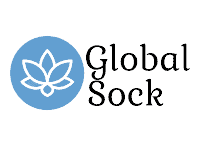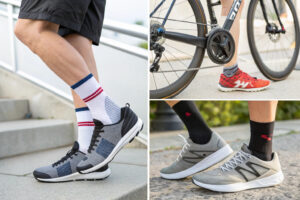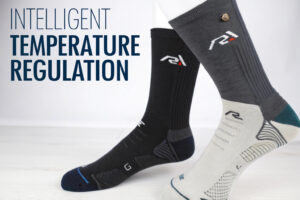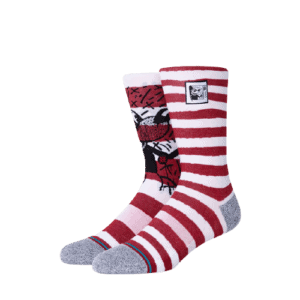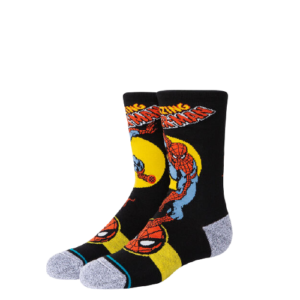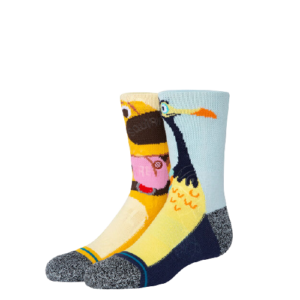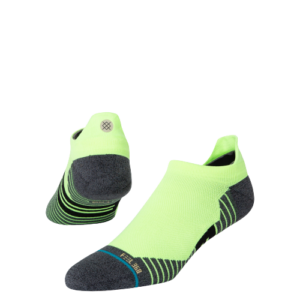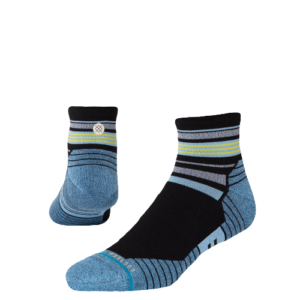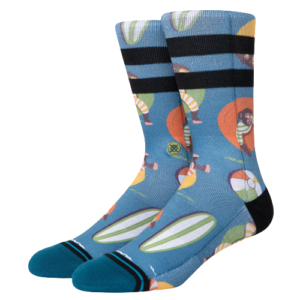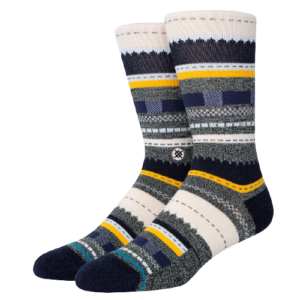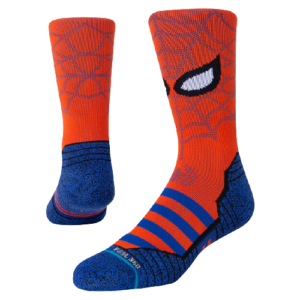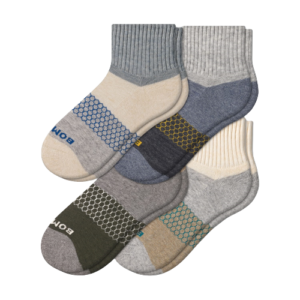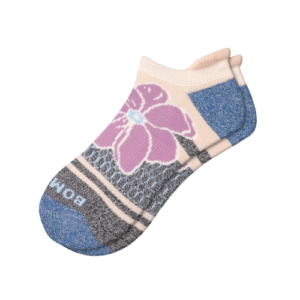Finding the right supplier for diabetic socks with specific therapeutic features like seamless toes and non-binding tops can be a complex process. It involves navigating quality control, certification verification, and logistical hurdles, especially when sourcing from overseas. Many buyers face challenges in identifying manufacturers who not only understand the precise medical requirements but also deliver consistent quality and reliable shipping. This guide will walk you through the entire sourcing journey, ensuring you partner with a supplier that meets the highest standards for both product excellence and supply chain efficiency.
Sourcing diabetic socks with seamless toes and non-binding tops requires partnering with a manufacturer that specializes in medical-grade hosiery, possesses relevant certifications like Oeko-Tex or FDA listing, and has a proven track record in producing socks with these specific therapeutic features. The key is to find a supplier with strong research and development capabilities, stringent quality control processes, and experience in handling international logistics, particularly for the U.S. market.
This article will provide a detailed, step-by-step approach to sourcing these specialized socks. We will cover how to identify and verify qualified manufacturers, the essential design and material specifications to look for, strategies for navigating production and quality assurance, and finally, how to manage logistics and cost-effective importation into the United States.
What are the key features of medical-grade diabetic socks?
When sourcing diabetic socks, understanding the non-negotiable features is the first step. These features are not just about comfort; they are critical for preventing injuries and promoting foot health for individuals with diabetes. A manufacturer that truly understands these nuances will embed them into the core of their design and production process.
Medical-grade diabetic socks are defined by specific therapeutic features designed to address the foot health challenges associated with diabetes. The most critical features include a seamless toe closure to eliminate friction and reduce the risk of blisters and ulcers, a non-binding top that does not constrict circulation, moisture-wicking fibers to keep feet dry, and padded soles for extra cushioning and protection. Additionally, they are typically made from breathable, non-irritating materials to maintain healthy skin.

Why is a seamless toe construction non-negotiable?
A seamless toe is paramount because it removes the primary source of friction inside the sock. For individuals with diabetes, who may have peripheral neuropathy (reduced sensation in the feet), a traditional toe seam can create constant, unnoticed rubbing. This friction can quickly lead to blisters, sores, and ultimately, difficult-to-heal ulcers. By opting for a seamless toe design, you eliminate this risk at the source. Advanced manufacturing techniques, such as specialized looping and linking machinery, are required to create a smooth, flat join that feels like a second skin. When evaluating a supplier, ask about their specific machinery and process for achieving a truly seamless interior, as this is a hallmark of a quality-focused manufacturer.
How does a non-binding top improve circulatory health?
A non-binding top, often using a wide, soft elastic band or a knit-in relaxed cuff, is designed specifically not to leave marks on the skin. Tight sock tops can act as a tourniquet, restricting blood flow in the lower leg—a serious concern for those with compromised circulation, a common issue in diabetes. Proper circulation is essential for delivering oxygen and nutrients to the feet and for supporting the healing process. The best diabetic socks use a non-binding top that stays up without constriction. This is often achieved with specialized yarns like Lycra that provide gentle, medical-grade compression or through a unique knitting structure that distributes pressure evenly. Ensure your supplier can provide technical specifications and lab test results that verify the pressure levels exerted by the sock's top band.
How to verify a diabetic sock manufacturer's credentials?
Once you know what features to look for, the next step is to find a partner who can reliably and consistently produce them. Not all sock factories are equipped for the precision required for medical-grade products. Verifying their credentials thoroughly is your primary defense against quality issues and compliance failures.
Verifying a manufacturer's credentials involves a multi-layered approach, focusing on their medical product certifications, quality management systems, and direct audit capabilities. You should prioritize suppliers who can readily provide documentation for certifications like Oeko-Tex Standard 100 (which tests for harmful substances), FDA establishment registration (if marketing as a medical device), and ISO 13485 for medical device quality management systems. Furthermore, a transparent supplier will allow for third-party inspections and provide access to their quality control reports.

Which certifications are essential for diabetic sock production?
The most critical certifications for diabetic socks are those that verify safety and quality management. The Oeko-Tex Standard 100 is a global benchmark, confirming that every component of the sock, from yarn to dye, is free from harmful levels of over 100 regulated substances. For suppliers aiming for the U.S. market, FDA registration of their manufacturing facility is a strong indicator of adherence to good manufacturing practices, even if the socks are marketed as general wellness products. For a higher standard, ISO 13485 certification demonstrates that the manufacturer has a robust Quality Management System specifically for medical devices. Always ask for scanned copies of these certificates and verify their authenticity and validity dates through the respective certification bodies' online databases.
What should a supplier audit checklist include?
A comprehensive supplier audit checklist should cover four key areas: production capability, quality control, R&D capacity, and business compliance. For production, verify they have the specific machinery for seamless toes and the technical skill for non-binding tops. In quality control, request to see their quality control protocols, defect tracking records, and the capability of their in-house testing lab. For R&D, assess their material library and past experience with functional fibers. On the business side, confirm their export license, business registration, and financial stability. A reliable partner, like our company GlobalSock, will be transparent across all these areas, often providing virtual factory tours and detailed documentation to build trust remotely.
What are the best materials for diabetic socks?
The material composition is the foundation of a high-performance diabetic sock. The right fibers directly influence moisture management, softness, fit, and durability. Choosing a manufacturer with expertise in advanced and natural functional materials is crucial for creating a product that truly benefits the end-user.
The best materials for diabetic socks are breathable, moisture-wicking, and soft. Bamboo viscose is highly favored for its exceptional breathability, natural antibacterial properties, and silky feel. Merino wool is excellent for temperature regulation and wicking moisture away from the skin, even when wet. High-quality, long-staple organic cotton is soft and hypoallergenic, but should often be blended with synthetic fibers like polyester or nylon for added durability and moisture-wicking performance. The key is in the blend; a common high-performance mix is bamboo, cotton, nylon, and spandex.

Why is bamboo fiber a superior choice?
Bamboo fiber stands out for its unique combination of performance and sustainability. It is highly breathable, which helps to regulate foot temperature and prevent overheating. Its microscopic gaps allow it to absorb and evaporate moisture much faster than cotton, keeping feet drier and reducing the risk of fungal infections. Furthermore, it possesses a natural antimicrobial agent called "bamboo kun," which inhibits the growth of bacteria and odor—a significant benefit for foot health. From a sourcing perspective, bamboo is also a rapidly renewable resource, allowing you to market the socks as an eco-friendly choice. When discussing with a supplier, ensure they are using high-quality bamboo viscose with relevant eco-certifications.
How do material blends enhance sock performance?
No single fiber is perfect for every function, which is why strategic material blends are essential. Blending allows manufacturers to combine the best properties of different fibers. For instance, blending organic cotton (for softness) with synthetic nylon (for strength and durability) creates a sock that is comfortable but also long-lasting. Adding a small percentage of spandex (like Lycra) provides the necessary elasticity for a secure but non-binding fit. A advanced blend for diabetic socks might be 70% Bamboo, 25% Nylon, and 5% Spandex. This blend leverages bamboo's breathability and antibacterial traits, nylon's abrasion resistance, and spandex's gentle hold. A proficient manufacturer will have a dedicated R&D team to develop and test these blends for optimal performance.
How to navigate production and import logistics?
The final hurdle in sourcing is ensuring a smooth transition from production to delivery. This phase involves managing lead times, ensuring quality consistency at scale, and understanding the total landed cost, including tariffs and shipping. A supplier with a strong logistical backbone is as valuable as one with great product development skills.
Navigating production and import logistics requires a supplier with an agile supply chain and transparent communication. Key steps include confirming production timelines and minimum order quantities (MOQs), implementing a multi-stage quality inspection process during production, and choosing the right Incoterms (like FOB or EXW) to clarify responsibilities. For U.S. imports, it is critical to work with a supplier experienced in shipping to the U.S. and who can provide accurate documentation for customs clearance, including the country of origin.

What is the typical timeline from sampling to delivery?
A clear and realistic timeline is a sign of a well-managed factory. The process typically begins with sample development, which should take about 1-2 weeks for a standard diabetic sock. After sample approval, bulk production for a container load (around 20,000-30,000 pairs) usually takes 4-6 weeks. Sea freight shipping from China to major U.S. ports like Los Angeles or Long Beach adds another 3-4 weeks. Therefore, the total timeline from order confirmation to port arrival is generally 8-12 weeks. An efficient supplier will provide a detailed production schedule and use a QR code tracking system to give you real-time updates on each stage, from yarn sourcing to final packaging.
How can you mitigate U.S. tariff costs?
While general socks are subject to U.S. tariffs, there are strategies to mitigate these costs. First, ensure the correct HTSUS (Harmonized Tariff Schedule) code is used for classification; medical-grade hosiery may have different duty rates than fashion socks. Second, partner with a supplier that has a diversified manufacturing base. Some companies, including ours, have partnerships in Southeast Asia or can leverage "Section 321" shipment strategies for low-value consignments to minimize duties. Finally, always factor the total landed cost—product cost, shipping, insurance, and tariffs—into your pricing model from the outset. A trustworthy supplier will be transparent about these costs and help you plan for them.
Conclusion
Sourcing diabetic socks with seamless toes and non-binding tops is a detailed process that demands a focus on specific medical features, rigorous supplier verification, expert material selection, and seamless logistics management. By prioritizing manufacturers with the right certifications, proven expertise in functional hosiery, and a transparent supply chain, you can confidently bring a high-quality, therapeutic product to your market. This not ensures the well-being of end-users but also builds a strong, reputable brand.
If you are looking for a reliable partner to produce your own high-quality diabetic socks or any other hosiery orders, we invite you to contact our Business Director, Elaine, at Shanghai Fumao. She will guide you through our development and production process. You can reach her directly at elaine@fumaoclothing.com to start the conversation.
